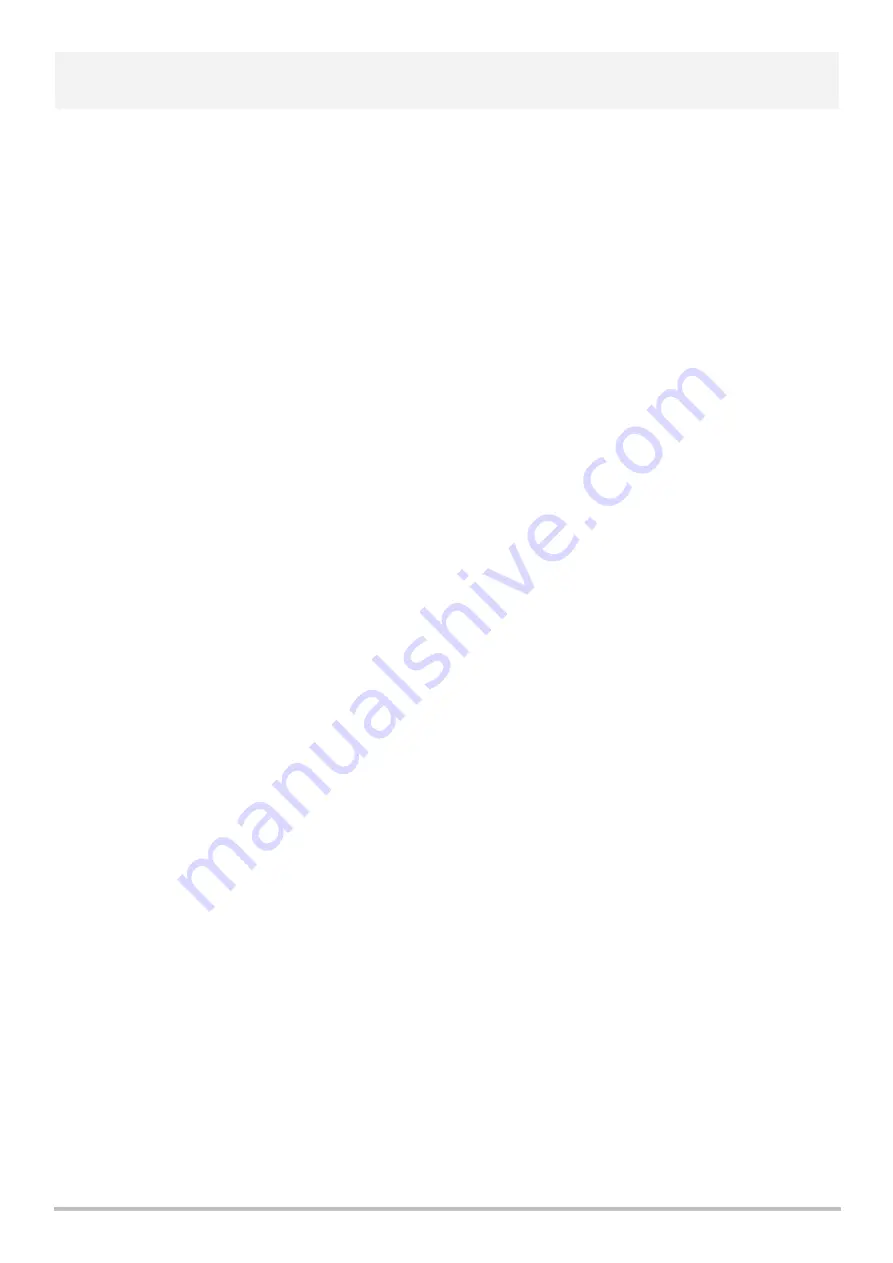
Page 6
1. PURPOSE AND USE
2. AREA OF APPLICATION
3.
DEPLOYMENT OPTIONS
The conveyor belt has been designed to transport solid (non-liquid), non-dangerous materials such as sand,
gravel, rubble, agricultural crops, etc.
The material being moved must be loaded on the conveyor belt with a sense of professional skill so that no
damage is caused by overflowing.
A maximum of 3 conveyor belts of 3 metres can be linked in series on one 115V - 16A power supply (figure 5).
A maximum of 2 conveyor belts of 4,5 metres can be linked in series on one 115 -16A power supply (figure 5).
A large hopper is placed on the first conveyor belt (figure 1). This keeps the deposited material on the belt.
Each conveyor belt is held up by a trestle support (figure 3) or a set of pipes. Supporting pipes are
provided in the frame for the assembly of a set of pipes.
The conveyor belt can be used in roofed areas as well as outdoors in humid environmental conditions.
The conveyor belts are separate from each other and can be deployed in series.
They must be deployed in a way that ensures they cannot shift, i.e. the chair or pipes construction must stand
on a solid foundation.
The conveyor belt cannot be supported by the small hopper.
In the longitudinal direction they can be placed at any angle to the previous conveyor belt.
The conveyor belt must always be filled via the large hopper, i.e. items must never be filled directly onto
the belt.
The conveyor belt must always be level in the width direction. This is to prevent the belt from slanting.
The rubber belt must be able to run unimpeded on the underside of the conveyor belt without touching the
ground or any other obstacle. Filling between rubber conveyor belt spaces must absolutely be avoided.
USER INSTRUCTIONS






































